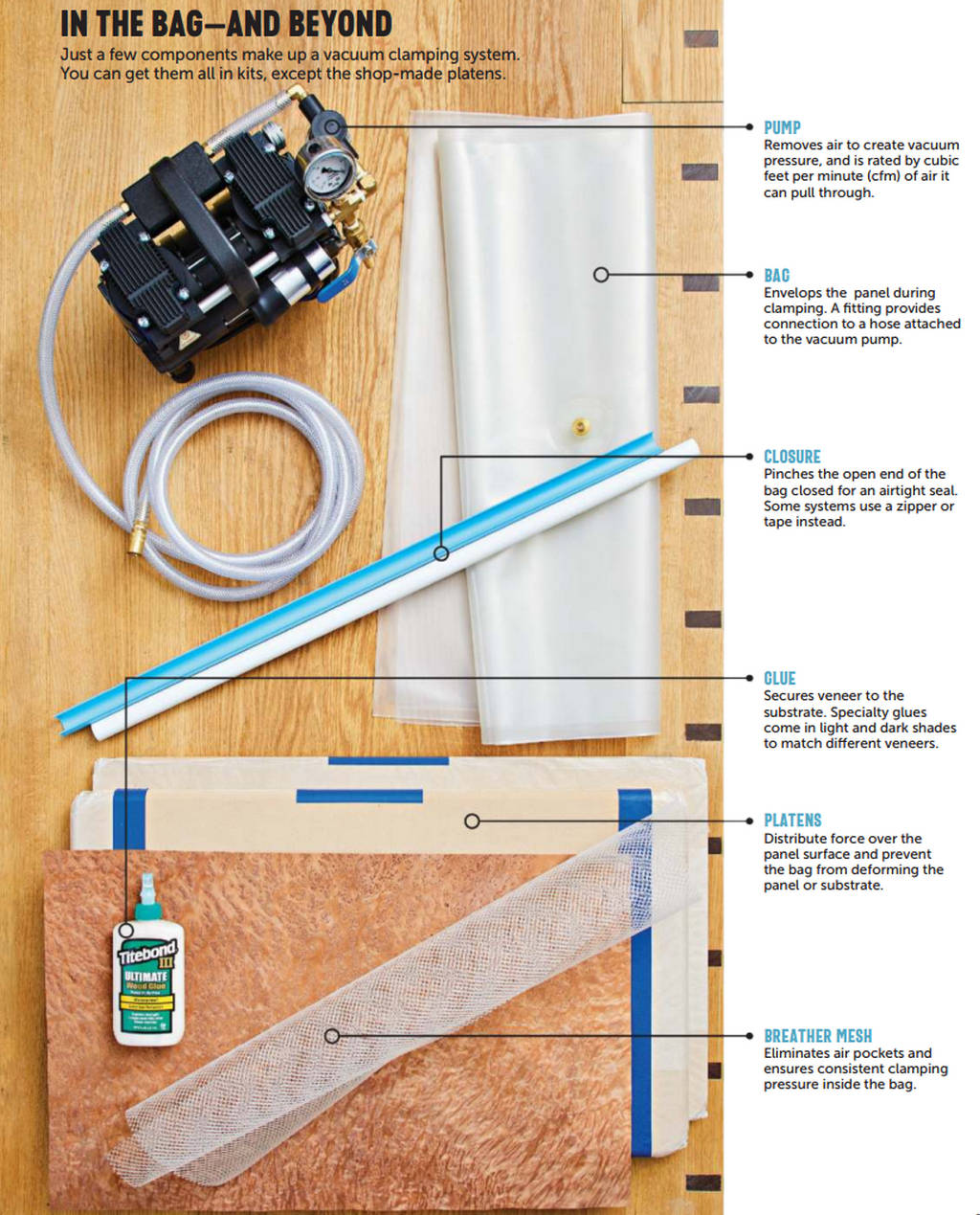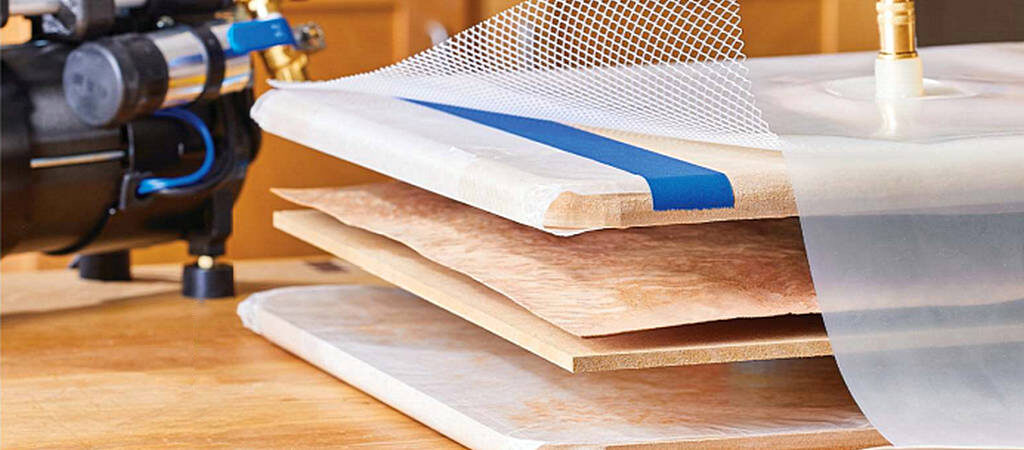Understanding Vacuum Bags for Pressing Veneer
Vacuum bags are essential tools for woodworkers engaged in veneering, allowing for efficient and uniform pressure application during the lamination process. This article explores the benefits, types, and DIY options for vacuum bags used in pressing veneer.
What is a Vacuum Bag?
A vacuum bag is a sealed enclosure that removes air to create a vacuum, applying atmospheric pressure uniformly across the surface of the material inside. This process is crucial for veneering, as it ensures that the veneer adheres properly to the substrate without bubbles or gaps, resulting in a smooth finish.
Benefits of Using Vacuum Bags
Uniform Pressure Distribution: The vacuum creates consistent pressure across the entire surface area, which is essential for even glue distribution and strong adhesion.
Versatility: Vacuum bags can accommodate various shapes and sizes of projects, including curved surfaces and large panels.
Efficiency: The vacuum process significantly reduces clamping time compared to traditional methods, allowing for quicker project turnaround.
Reduced Risk of Damage: The gentle yet firm pressure minimizes the risk of damaging delicate veneers during the pressing process.
Types of Vacuum Bags
Vinyl Bags: These are commonly used for DIY projects due to their affordability and ease of use. They are available in various thicknesses (20 mil to 30 mil) and can be sourced from fabric stores or specialized suppliers.
Polyurethane Bags: Known for their durability and flexibility, polyurethane bags are ideal for more demanding applications, especially when working with curved surfaces. They tend to be more expensive but offer longer-lasting performance.
Custom Bags: For specific project needs, custom vacuum bags can be made using a build-a-bag system that allows woodworkers to create bags tailored to their project dimensions.
The Benefits of Vacuum Veneer Bags
- Consistent and even pressure distribution.
- Elimination of bubbles and uneven glue application.
- A clean, flat surface with professional results.
Vacuum bags for wood veneer and vacuum press systems are must-haves for efficient veneering press operations. From hobbyists to professional woodworkers, these tools simplify woodworking tasks, whether you’re working with a veneer vacuum bag or a full vacuum press system.
Streamline your veneering projects today by investing in a woodworking vacuum bag or a vacuum veneer press tailored to your requirements.




